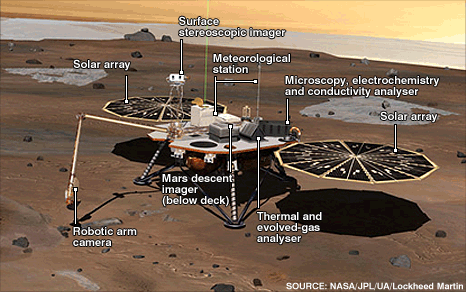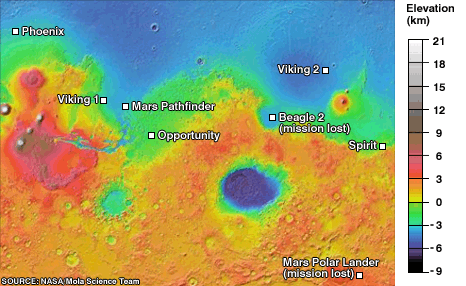Pundit
JF-Expert Member
- Feb 4, 2007
- 3,733
- 123
Kuhani,
Inawezekana kwa sababu ya population explosion na ma global warming na mchanganyiko wote huo wakati huu ndiyo wakati wa kufikiria kufanya haya mambo kuliko wakati mwingine wowote.
Vipi tukiambiwa mabadiliko ya hali ya hewa ya dunia hayawezi kuwa contained? Itabidi tutafute dunia nyingine a la "Battlestar Galactica"
Kuna namna ya kuji engage katika haya mambo bila ku undermine priorities nyingine.Kwa mfano kutumia mabilioni ya dollar kujaribu kuwa na fool proof plan ya a possible catastrophe due in a 100 years wakati watu wanakufa leo sio busara.
Lakini hii haizuii watu kufanya mental exercise, au kutumia theoretical physics, au kutumia research facilities and funds zilizopo sasa hivi kwa sababu ya vitu vingine na kuona kama matunda yake yanaweza kutumika katika hili zoezi (e.g nuclear propulsion engine etc)
Inawezekana kwa sababu ya population explosion na ma global warming na mchanganyiko wote huo wakati huu ndiyo wakati wa kufikiria kufanya haya mambo kuliko wakati mwingine wowote.
Vipi tukiambiwa mabadiliko ya hali ya hewa ya dunia hayawezi kuwa contained? Itabidi tutafute dunia nyingine a la "Battlestar Galactica"
Kuna namna ya kuji engage katika haya mambo bila ku undermine priorities nyingine.Kwa mfano kutumia mabilioni ya dollar kujaribu kuwa na fool proof plan ya a possible catastrophe due in a 100 years wakati watu wanakufa leo sio busara.
Lakini hii haizuii watu kufanya mental exercise, au kutumia theoretical physics, au kutumia research facilities and funds zilizopo sasa hivi kwa sababu ya vitu vingine na kuona kama matunda yake yanaweza kutumika katika hili zoezi (e.g nuclear propulsion engine etc)

